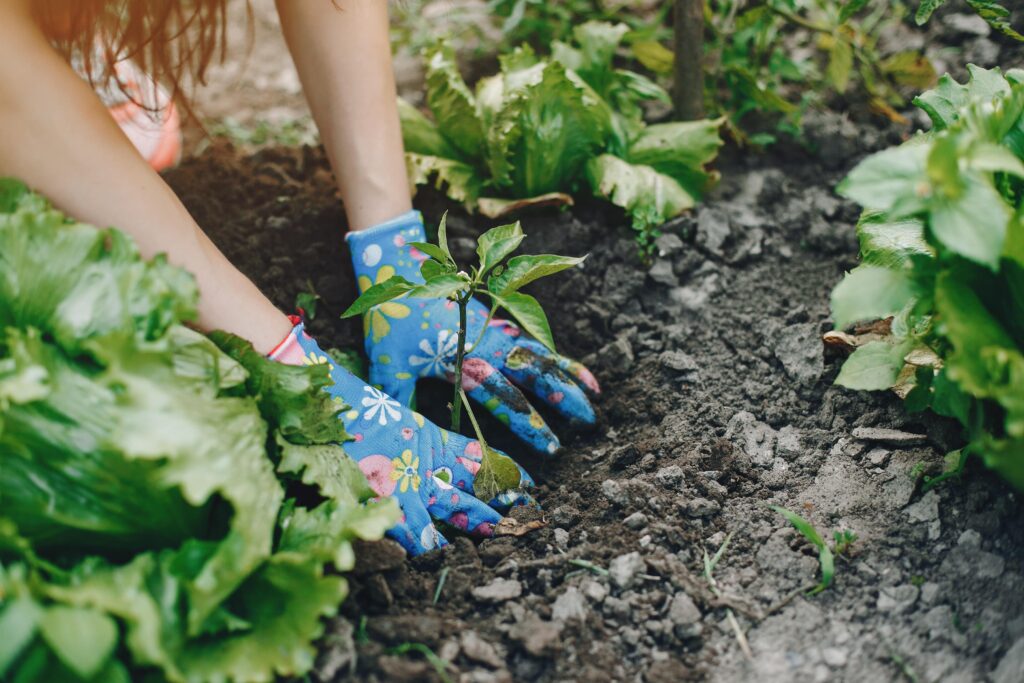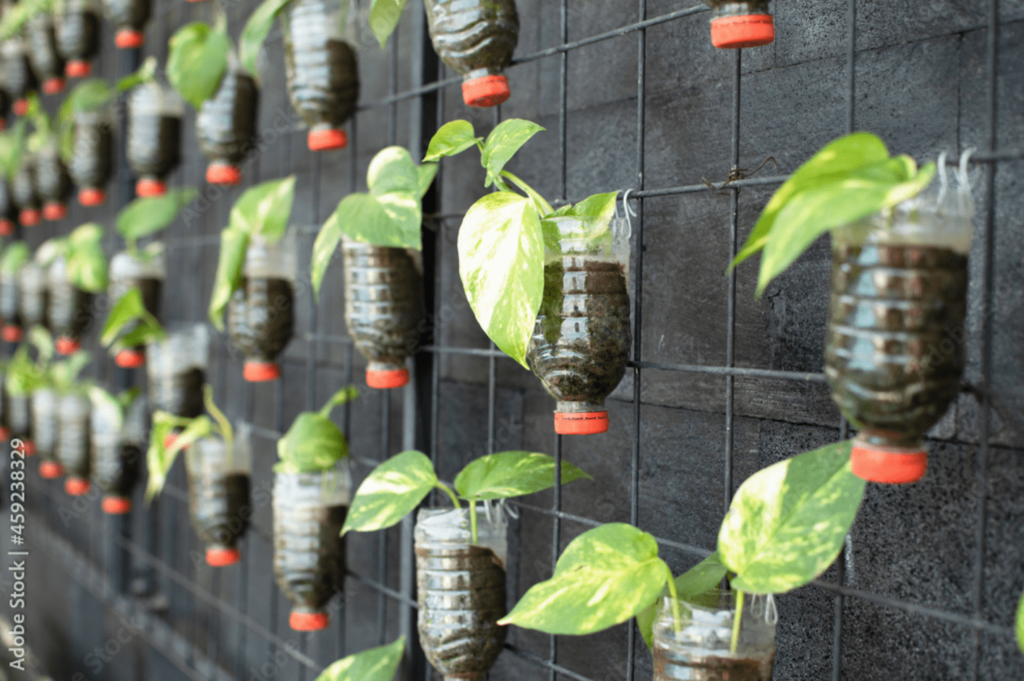Teachers have the power to shape the future by encouraging their students to become environmentally conscious. However the best way to do this is not by simply talking about it. You have to lead by example.
To promote sustainability, having a green classroom and green schools are the way to go. They can help harness a change in attitude and behavior.
By creating a green classroom, you not only help your students understand the importance of sustainability and the impact of their actions on the planet but show them how.
Sustainability is making sure that any resource is used in a manner that is not depleted for future generations. But how to show that in your classrooms?
Here is all you need to know.
What is a green classroom and how can it promote sustainability in education?
In today’s world we are thinking green. This means incorporating it in every sphere of our lives, including classrooms. A green school or classroom is one that creates:
1) A healthy environment conducive to learning
2) Saves energy and other environmental resources
3) Uses money efficiently
By incorporating various design and educational strategies, your school can instill sustainability in education. Through action, practice and conversation. If students see green practices lived out on a daily basis, it will only be natural to them to think and act green as they enter the real world.
Here are seven easy tips
1) Use Natural Light

Maybe you will ask yourself how can natural light be utilized in a classroom to promote sustainability? We are here to tell you, get rid of those fluorescent lights!
Not only are they depressing, they subsequently impact student mental well being. Daylight has a positive effect on student learning and performance as discovered by a UCL study. They claim that natural light positively improves academic performance especially in reading as well as in science. It increases attention spans and over physical and mental health. Which also improves academic performance.
If you or anyone you know is working on building a school, it is important to think about design. In this case it’s important to think about the sun’s orientation and placement of windows/skylights.
Instead of relying on artificial lights, this will not only save electricity but also create a more pleasant learning environment. A refreshed mind ensures better learning.
2. Place Recycling and Compost Bins
Behavior change is hard when you are older. However, if you manifest it for your students early on, they will simply act out of habit. Create a habit in your classrooms to separate waste.
Provide separate recycling bins for paper, plastic, and metal in the classroom. Assign students to monitor and manage these bins as well!
Apart from solid waste, it is crucial to think about wet waste. In Pakistan, 40% or 36 million tonnes of food are wasted every year. It is crucial to teach students the importance of eating in a manner that is not wasteful. This means put enough in your plate that you can finish. You can always go for seconds. Lastly, anything that is wasted should then be composted.
A compost bins in your schools should be placed everywhere (but outside). These bins will need holes in them to allow worms and other creatures to help in the degeneration process, but a lid to prevent rodents from getting in.
The bin should have a good mix of brown (dried leaves, flowers, twigs etc) and green waste (organic waste from food). Over time it will develop into dark brown compost that can then be used in your school kitchen gardens!
By creating a compost bin or ditch in your school you encourage your students to think and act sustainably. Soon it will become something that is natural to them and they can do so at home!
3. Introduce an Organic Garden

Introducing a kitchen garden in schools is a wonderful way to teach children about the benefits of growing their own food and promoting a healthy lifestyle. Not to mention, they were part of the fertilization process with their daily composting!
Children learn valuable lessons about responsibility, teamwork, and sustainability while cultivating a connection to nature. Kitchen gardens provide fresh produce for the school cafeteria, promoting healthy eating habits, and reducing the carbon footprint of food transportation.
By engaging students in gardening activities, schools can create a sense of community and empower students to make positive changes in their own lives and the environment.
In addition, a kitchen garden can be a valuable teaching tool! It provides hands-on experience in science, math, and environmental studies. Overall, a kitchen garden in schools is a win-win situation, providing benefits to students, the environment, and the local community.
4. Use Energy-Efficient Equipment and Turn Off Lights and Electronics
How can energy-efficient equipment be incorporated into a classroom setting? You can do this by choosing energy-efficient products that can help reduce energy consumption.
For example, install energy-efficient fans or air conditioners and make sure that all electrical devices are turned off when not in use.
Make sure that all lights and electronics are switched off when not in use. Remind students to do the same before leaving the classroom.
If your school has the budget, you can even install solar panels. Thanks to new technologies you can make back your investment in less than 3 years. And with net metering now available, you can even sell energy made back onto the national grid.
Not only does all this save electricity, but significantly reduces your electricity bill!
5. Use Eco-Friendly Supplies and Decorations
Promote eco-friendly supplies in your classroom. Encouraging the use of recycled paper, pencils made from recycled materials, and refillable water bottles can help reduce waste and promote sustainability.
Additionally, digital tools can be used to reduce paper usage, such as online books, homework submissions, and quizzes. You can also encourage students to bring their own reusable lunch containers instead of using disposable ones.
Furthermore, creating a green classroom by incorporating plants and trees can have multiple benefits. They not only purify the air and increase oxygen levels, but also create a calming and pleasant atmosphere for students to learn in.
You can partake in decoration exercises with students such as by making use of plastic bottles.
By taking small steps towards sustainability in your classroom, you can encourage your students to adopt sustainable practices that will benefit the environment and promote a greener future.


6. Talk About Environmental Issues
You can lead by example, but you must also talk about it. Environmental issues are plenty, and are at crossroads between social, political and economic spheres. This creates a learning opportunity for critical thinking.
By creating challenging discussions in your classrooms, you are promoting thinkers! This means that when they devise solutions, they can think beyond the solution and how it impacts every sphere of life.
As you discuss and pose more questions, ask your students to conduct research. This will further their research and observational skills. Talking and learning about the environment is learning and talking about the world!
7. Field Trips for Conservation
A green classroom does not simply mean implementing physical changes in the premises. You can have a green classroom through curriculum interventions as well!
You must promote bringing students outside of the classroom! It is here that there are learning opportunities beyond measure. Field trips help you do just that.
You can organize field trips to places like nature parks, organic farms and recycling centers. This will educate students about nature and the importance of conservation. You can also partner with various organizations so that students can be involved in real action.
Protip – Create worksheets or prompts to ensure students collect data, and make the observations you have set as learning objectives.
This can be:

The list can be endless. Promoting action instills confidence and draws in other skill sets. Such as research, how to conduct effective interviews, art direction, enhancing digital skills and so on.
Final Word
And there you have it! Seven easy tips for promoting sustainability through a green classroom. Remember, actions speak louder than words. When you lead by example, you are ensuring a change in attitude.
There is only so much discussion one can have. Education is about creating the next generation of thinkers!


My brother suggested I might like this blog. He was totally right. This post actually made my day. You can not imagine simply how much time I had spent for this info! Thanks!
Thank you! Keep following us for more!